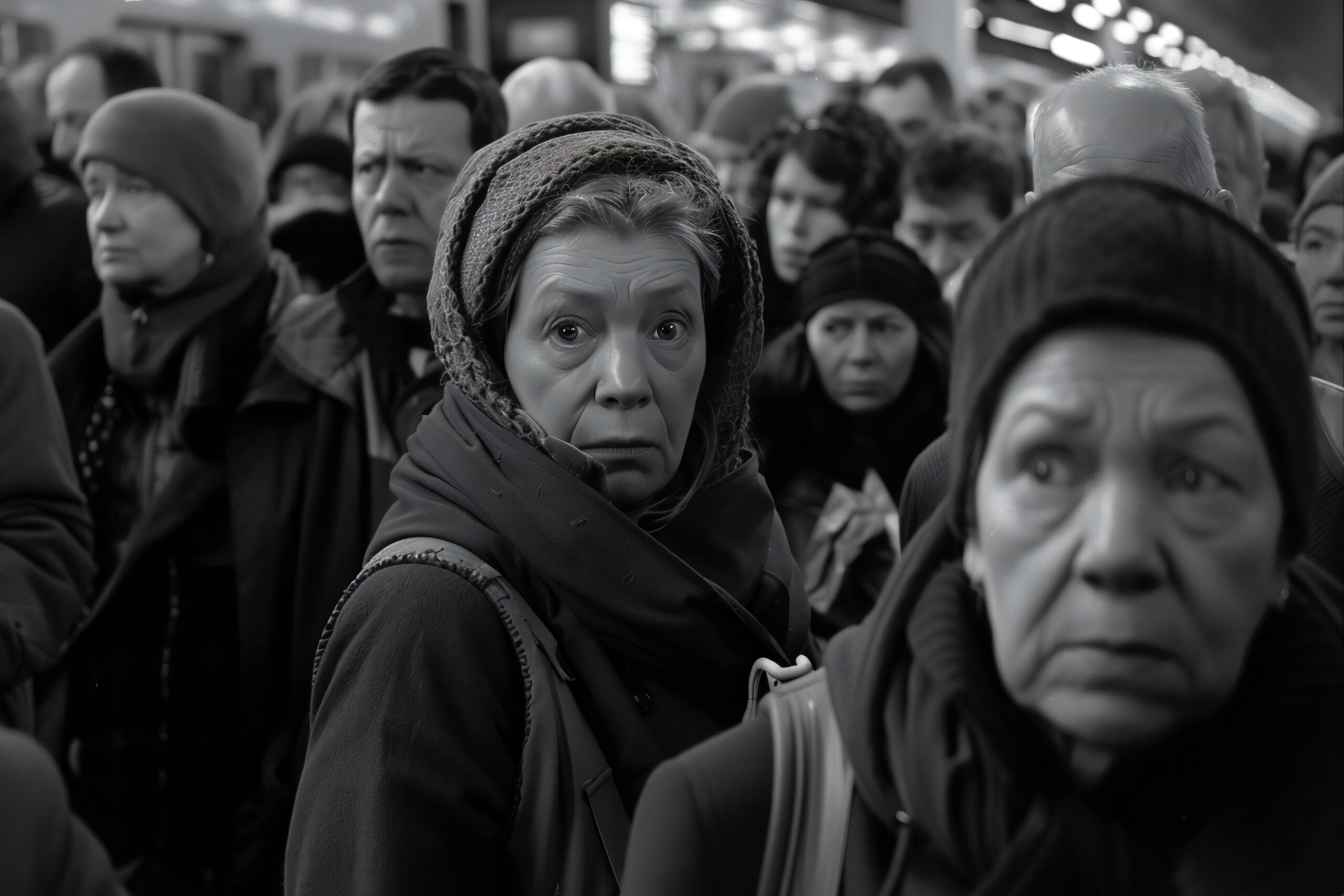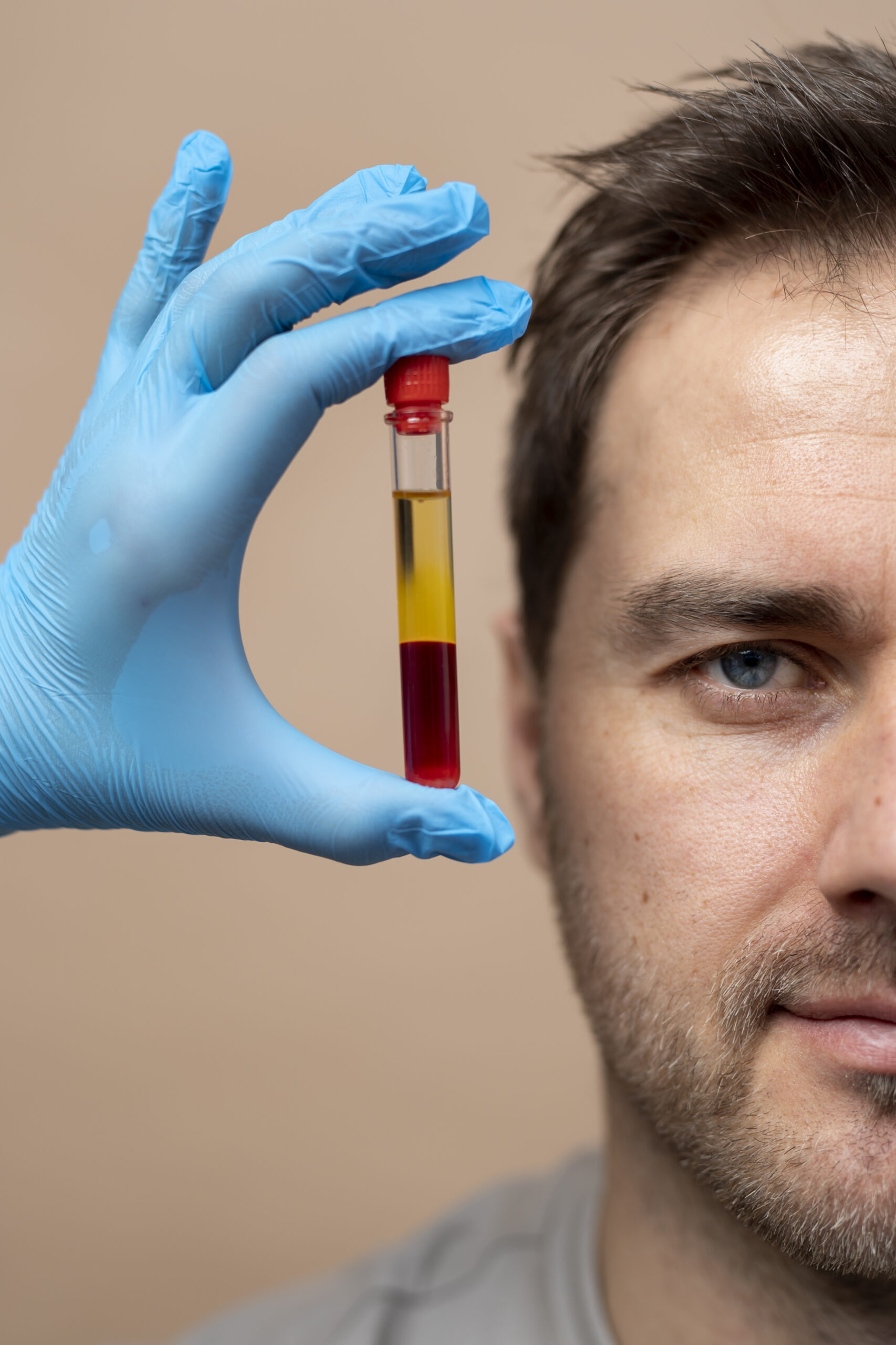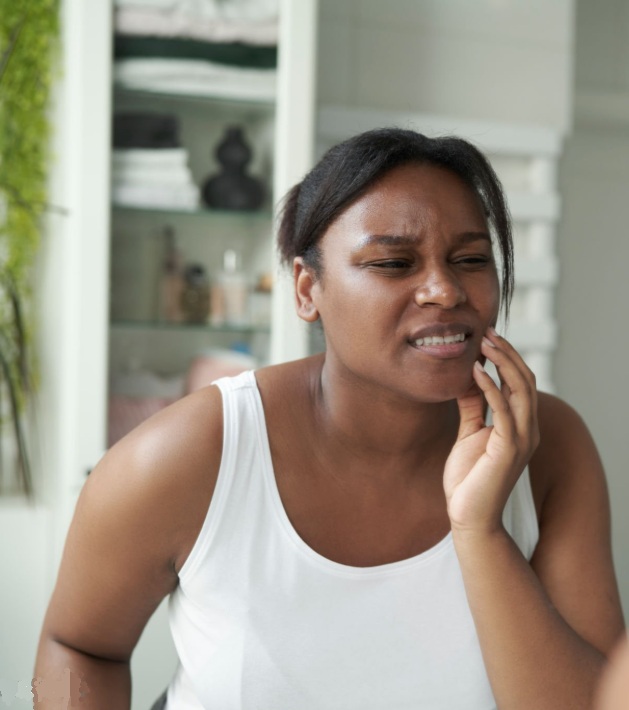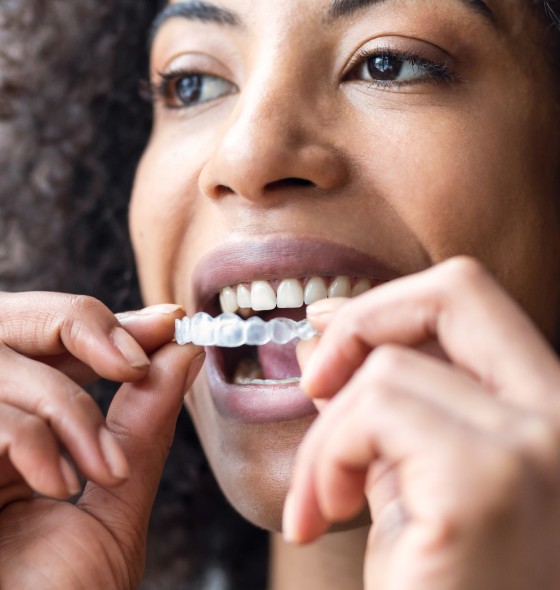Introduction
At Facialia Clinic, we specialize in transforming your smile and facial appearance using advanced composite veneers and expertly administered hyaluronic acid treatments. Our unique approach combines the precision of composite veneers with the rejuvenating power of hyaluronic acid to achieve natural, harmonious results. We focus on restoring dental beauty and facial balance, ensuring that every patient experiences renewed confidence. Our team utilizes composite veneers to refine smiles and hyaluronic acid to enhance facial contours, making each treatment truly personalized. We invite you to experience our innovative techniques at Facialia Clinic, located at Avenida Reyes Catolicos, 3, Silla, Valencia. Call us at +34 636688886 to schedule your consultation.
Composite Veneers Procedure
Our composite veneers process begins with selective carving to address deep stains and shape concerns. We meticulously clean the dental surface and apply a 37% orthophosphoric acid, followed by an adhesive that ensures the durability of the composite veneers. Layering and light-curing of the composite are performed with precision, and the final restoration is polished to perfection. The result is a smile that is not only esthetically pleasing but also functionally robust. By repeating the composite veneers technique throughout the treatment, we guarantee uniformity and natural contours. Each step in our composite veneers process is designed to enhance your smile, providing long-lasting beauty and improved dental sensitivity.
Hyaluronic Acid Enhancements
Complementing our composite veneers is our expert use of hyaluronic acid. This treatment is vital for restoring facial volume and contour, addressing issues such as lip definition and nasal refinement. We use hyaluronic acid to fill, lift, and contour key areas, ensuring a balanced facial profile. The careful application of hyaluronic acid not only enhances the lips but also softens wrinkles and improves overall skin hydration. Our technique with hyaluronic acid is refined to achieve natural-looking results, with multiple injection points ensuring symmetry and proportion. We trust hyaluronic acid for its biocompatibility and effectiveness, making it a cornerstone of our facial rejuvenation approach.
Combined Approach and Results
The integration of composite veneers with hyaluronic acid treatments creates a synergistic effect, enhancing both dental aesthetics and facial harmony. Our combined approach ensures that the precision of composite veneers complements the volumizing power of hyaluronic acid. This dual treatment strategy results in a striking smile and balanced facial features, addressing concerns such as asymmetry and loss of volume. Patients leave our clinic with confidence, as the repeated use of composite veneers and hyaluronic acid throughout the treatment ensures consistent, natural-looking outcomes. We continuously tailor our techniques to suit individual needs, reinforcing our commitment to excellence in both composite veneers and hyaluronic acid applications.
Contact and Appointment
Discover the transformative power of our composite veneers and hyaluronic acid treatments. For a personalized consultation at Facialia Clinic, visit our website at facialia.com or call +34 636688886. Our clinic is conveniently located at Avenida Reyes Catolicos, 3, Silla, Valencia. Let our expert team guide you toward a radiant smile and rejuvenated facial aesthetics using our trusted composite veneers and hyaluronic acid techniques. We look forward to welcoming you and helping you achieve the natural beauty you deserve.
Photos of the realization of veneers
Initial photo after brackets

Photos during the preparation for veneers in composite Xl bleach Tetric Evo Ceram®
Maxilla



In the photo, it can be seen that there is a combination of a very light colour with yellow. This is because the patient disagreed with such a light colour. As the veneers were increasingly polished to reduce the tonality, the composite gradually diminished, appearing the dentin.
Different Areas where can put hyaluronic acid in the Face.

Photo taken from the article by McKee et al. 2019(Mckee et al., 2019).
Initial Face’s photos:

Lips photos


*Sup Lip 1 mm.
*Inf Lip 1.2 mm.
Smile photo:

Photo of frontal view immediately after the treatment:

Facial photos after one week:

Baseline Vs post-treatment after two months

For more information or to schedule an appointment, please visit facialia.com or call +34 636688886. Our clinic is conveniently located at Avenida Reyes Catolicos, 3, Silla, Valencia. Experience the transformative power of composite veneers and hyaluronic acid treatments at Facialia Clinic and let us help you achieve the smile and facial aesthetics you deserve.



